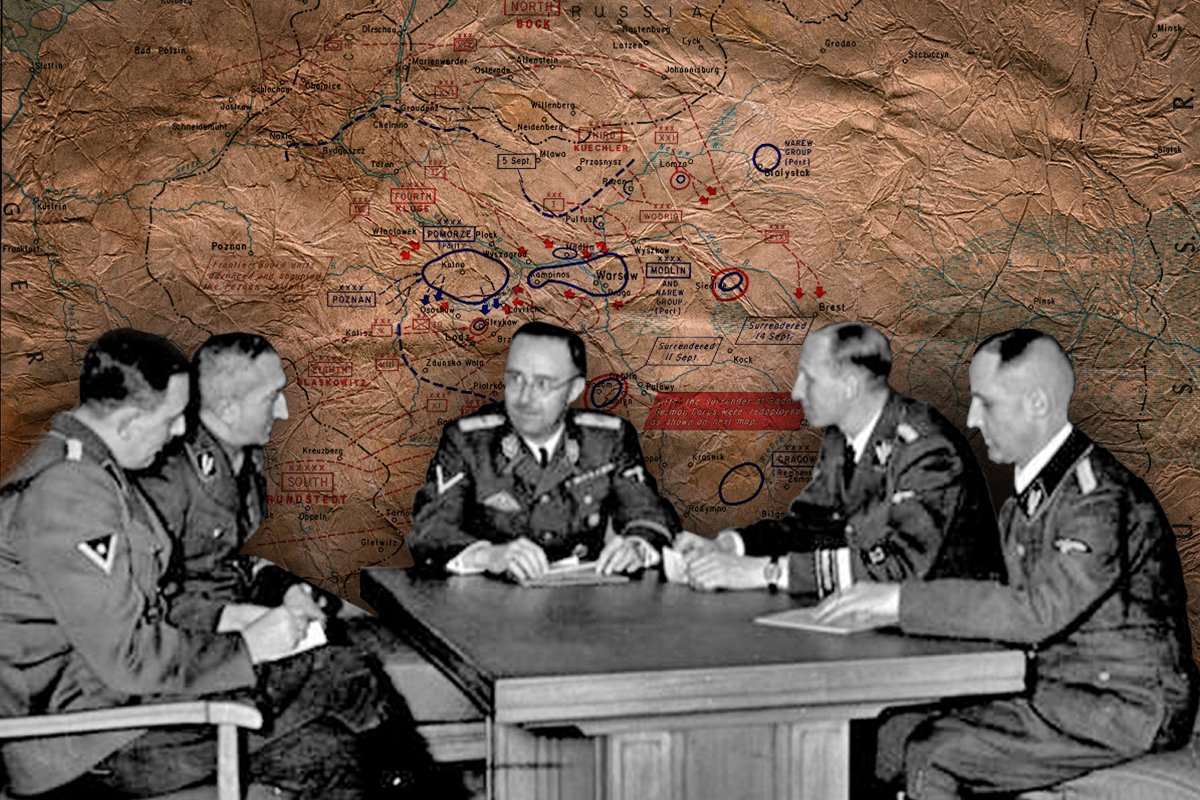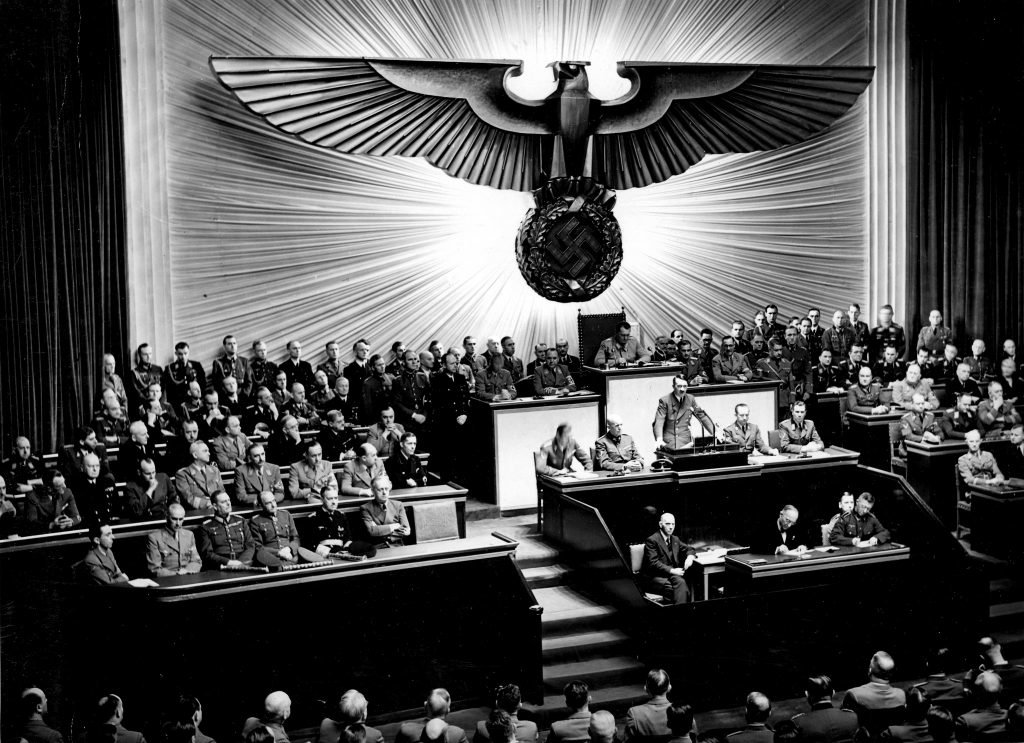How Hitler Staged a False-Flag Operation to Justify the Invasion of Poland, Starting World War II

The front page of The New York Times on Sept. 1, 1939, read, “German Army Attacks Poland; Cities Bombed, Port Blockaded; Danzig Is Accepted into Reich.”
Adolf Hitler, the chancellor of Germany, broadcast a clear message to the world when he announced, “From now on bomb will be met by bomb.”
On Aug. 31, the day prior to the declaration, American newspapers reported Polish insurgents and army troops clashed with the German police at the Gleiwitz radio station along the Polish-German border. The reporters arrived in the aftermath to witness a scene showing several dead corpses wearing Polish uniforms.
“The German News Agency reports the attack came at about 8pm this evening when the Poles forced their way into the studio and began broadcasting a statement in Polish,” the BBC Broadcast in London issued in a statement. “Within a quarter of an hour, say reports, the Poles were overpowered by German police who opened fire on them.”

However, the attack was not carried out by willing Polish participants. It was part of a series of false-flag attacks that the Germans staged against themselves during a clever deception dubbed “Operation Himmler.” Nazi High Command used several “border incidents” to create the appearance of Polish aggression to justify Hitler’s invasion into Poland, sparking the beginning of World War II.
“I will provide a propagandistic casus belli,” Hitler told his generals on Aug. 22, 1939. “Its credibility doesn’t matter. The victor will not be asked whether he told the truth.”
Two separate raids occurred near the German village of Hochlinden and at a forestry office in Pitschen. Six prisoners were taken from the Sachsenhausen Concentration Camp, dressed in Polish military uniforms, and executed. The sophisticated and well-choreographed propaganda wing then spread the lies to the press. The Nazi High Command took the lessons they learned from previous border incidents and applied them to their most famous black propaganda raid in what became known as the Gleiwitz incident.

Hitler brought in his most trusted and loyal followers to ensure the deception would be a success: Heinrich Himmler, the head of the SS and architect of the Holocaust; Reinhard Heydrich, the head of the SD, an intelligence arm of the SS, and an ace fighter pilot; and Heinrich Müller, the head of the Gestapo. Müller tasked Alfred Naujocks, a street brawler and dedicated agent of the Nazi’s Einsatzgruppen, or “mobile killing squads,” to lead the mission.
Hitler originally planned to invade Poland on Aug. 26 but for political reasons decided to wait, thus delaying the assault on the radio station. Müller informed Naujocks that his team of five to seven SS officers disguised in Polish military uniforms would receive several “canned goods” to be transported and scattered around the radio tower. The “canned goods” were more Polish inmates, either shot dead or dying from a deadly dose of drugs, to give a false impression that a skirmish had taken place. In addition, Naujocks had to prepare an anti-German black propaganda message to transmit through the nationwide airwaves.
On the night of Aug. 31, Naujocks and his team of covert operatives infiltrated the area and ran up the stairs of the wooden radio tower. One of the Polish-speaking operatives quickly voiced a message through the intercom declaring the radio station had been captured. They then slipped away from the scene before an investigation could be conducted. Less than 24 hours later, Hitler declared war on Poland citing these provocations, making these false-flag operations among the first actions of World War II.

Matt Fratus is a history staff writer for Coffee or Die. He prides himself on uncovering the most fascinating tales of history by sharing them through any means of engaging storytelling. He writes for his micro-blog @LateNightHistory on Instagram, where he shares the story behind the image. He is also the host of the Late Night History podcast. When not writing about history, Matt enjoys volunteering for One More Wave and rooting for Boston sports teams.
BRCC and Bad Moon Print Press team up for an exclusive, limited-edition T-shirt design!
BRCC partners with Team Room Design for an exclusive T-shirt release!
Thirty Seconds Out has partnered with BRCC for an exclusive shirt design invoking the God of Winter.
Lucas O'Hara of Grizzly Forge has teamed up with BRCC for a badass, exclusive Shirt Club T-shirt design featuring his most popular knife and tiomahawk.
Coffee or Die sits down with one of the graphic designers behind Black Rifle Coffee's signature look and vibe.
Biden will award the Medal of Honor to a Vietnam War Army helicopter pilot who risked his life to save a reconnaissance team from almost certain death.
Ever wonder how much Jack Mandaville would f*ck sh*t up if he went back in time? The American Revolution didn't even see him coming.
A nearly 200-year-old West Point time capsule that at first appeared to yield little more than dust contains hidden treasure, the US Military Academy said.












